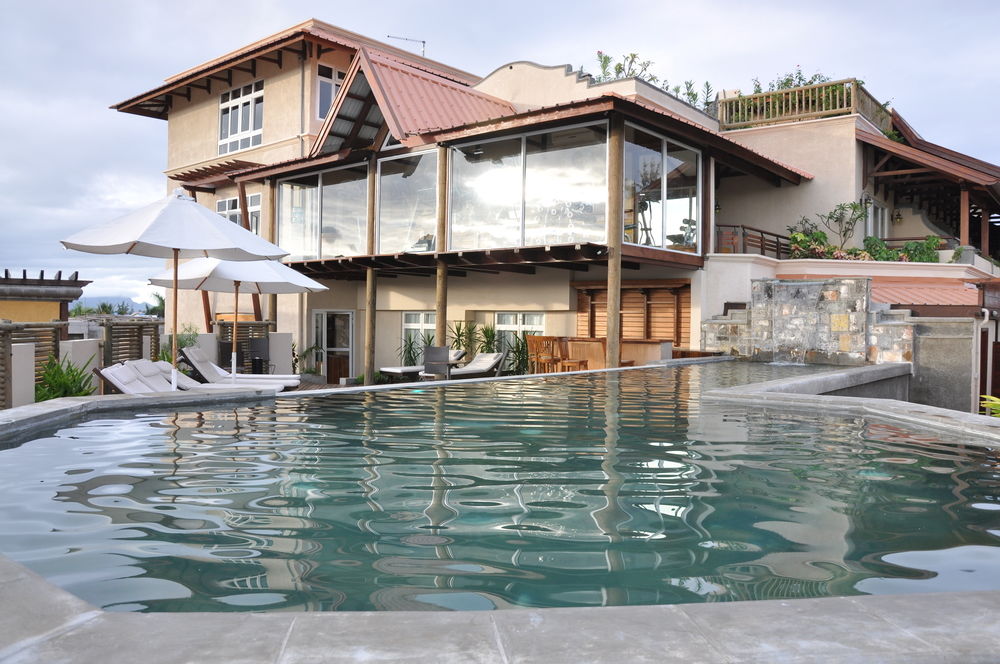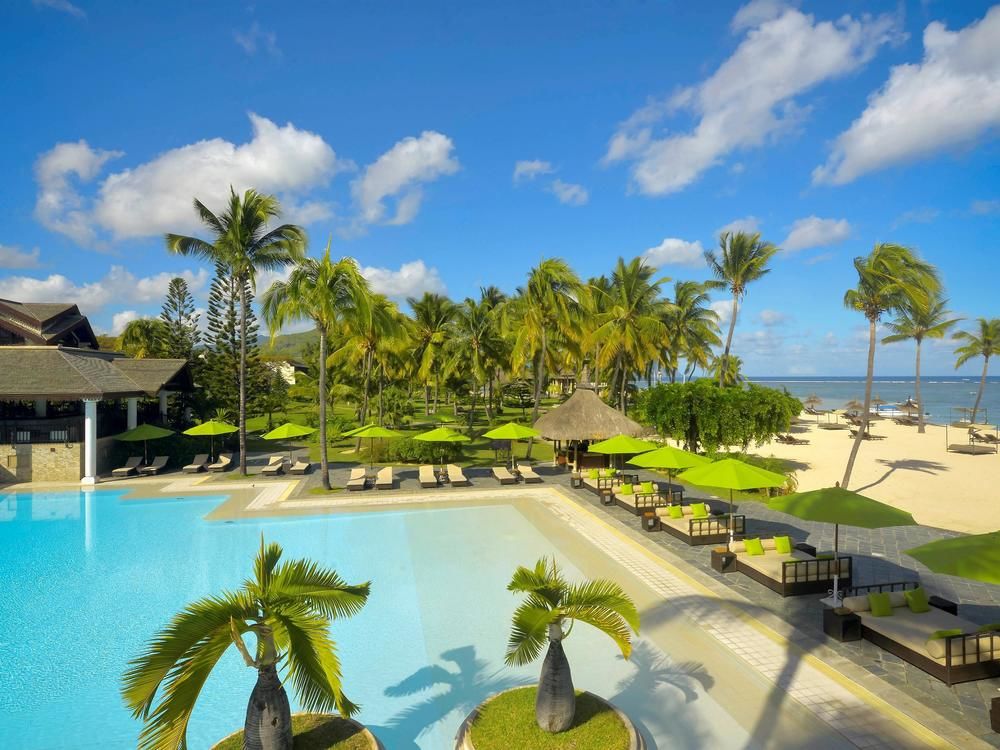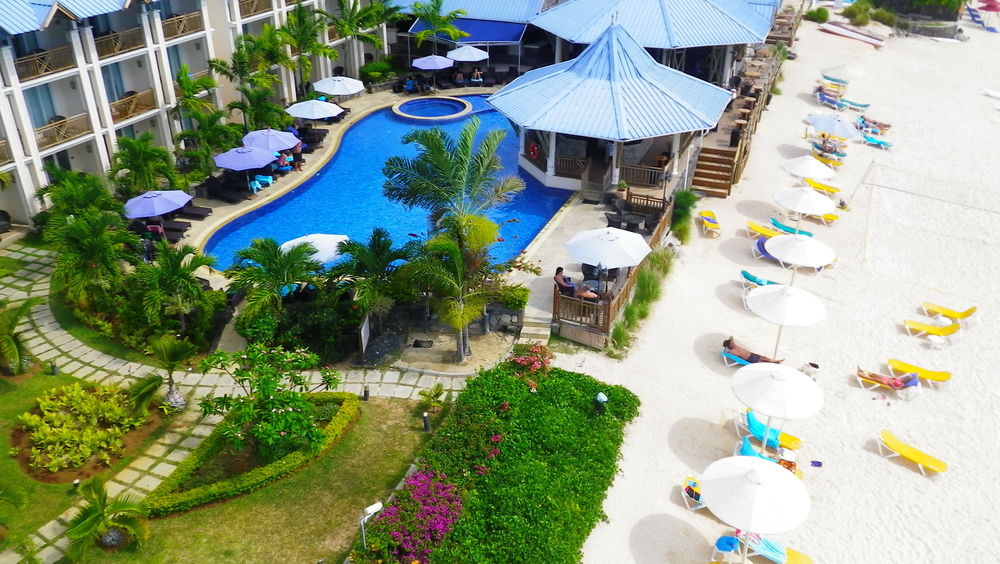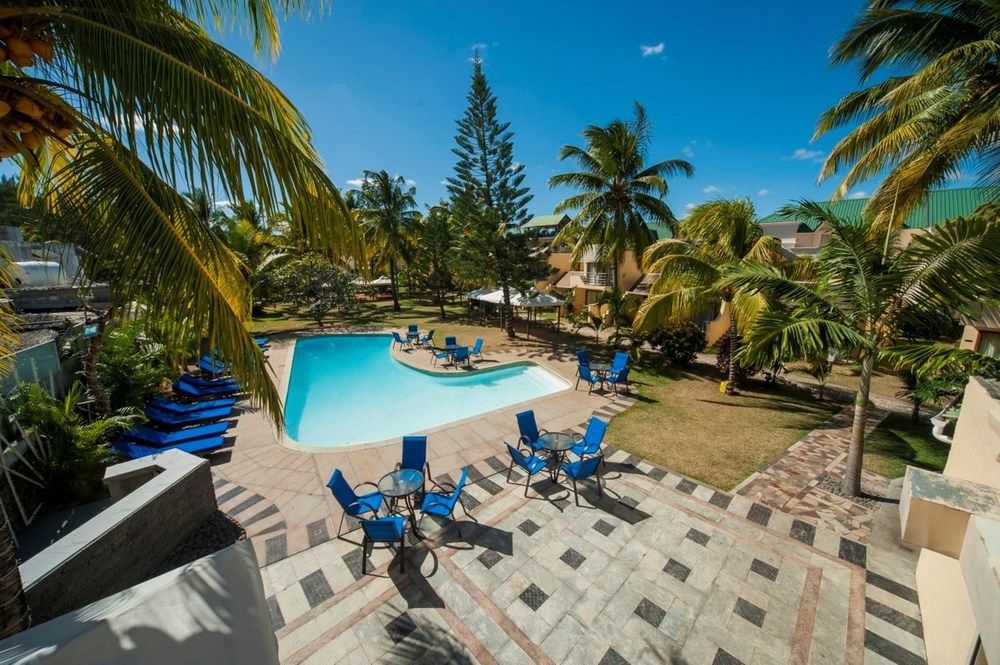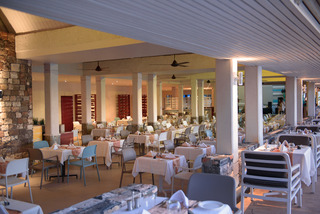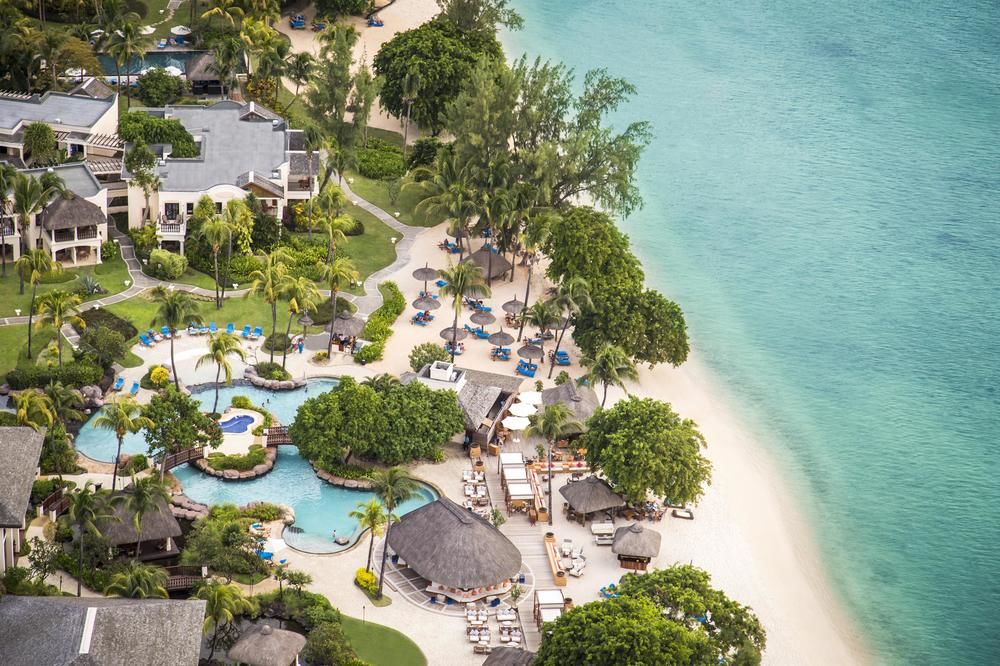
フリックエンフラックホテル検索結果
AIが見つけた軒のホテルの最安値をご覧ください。
ベストホテル
最安値のホテル
ホテル等級
AIおすすめ
フリックエンフラックベストホテル
フリックエンフラック 最低価格のホテル
最高評価のホテル
フリックエンフラックにある5つ星ホテル
フリックエンフラックにある4つ星ホテル
フリックエンフラックにある3つ星ホテル
AIがおすすめする世界の旅行先
フリックエンフラック近くのホテル情報
フリックエンフラック 旅行に欠かせない情報
Flic-en-Flac (Creole pronunciation: [flikɑ̃flak]) is a small seaside town on the western part of the island of Mauritius in the district of Black River.The name most likely comes from an Old Dutch phrase, "Fried Landt Flaak", meaning free, flat land. Its public white sandy beach is one of the longest on the island. This public beach attracts local families and visitors during the weekends, picnics, sand sports such as football or volleyball, and swimmers. Its lagoon is protected by the surrounding coral reefs. The beach provides scenic views over the Indian Ocean horizon and of Le Morne Brabant Peninsula located in the south west of Mauritius. Flic-en-Flac is near Tamarin beach which is situated a few kilometres away. The Casela Bird Park near Flic-en-Flac features orchids, over 140 species of birds and the endemic and endangered rare pink pigeon.
Flic-en-Flac is in a non-industrial part of Mauritius, with a coastline of about 13 kilometres (8.1 mi). It is geared towards tourism with many luxury hotels in Mauritius, experiencing about 500,000 visitors yearly. Spread over 10 square kilometres (3.9 sq mi) of Flic en Flac, it hosts about 4 square kilometres (1.5 sq mi) of sugarcane plantations. The town has River Rempart to its south, a La Ferme Reservoir to its northeast, and a groundwater flow which provides freshwater spring to marshes and lagoons near the town.The beach erosion and corals near Flic-en-Flac have been the subject of several studies on global climate change. According to Sachooda Ragoonaden, the sea-level rise is causing a shoreline retreat of 2.7 metres (8.9 ft) per year near Flic-en-Flac. The Mauritius government has built gabions to address this erosion, but the subsequent tidal damage has raised concerns about its quality and stability.The resident youth culture in Flic-en-Flac is quite similar to those found in the beach towns of neraby Reunion, Seychelles and Tamatave (Madagascar).
 時間 UTC+04
時間 UTC+04 通貨 MUR
通貨 MUR 言語 English, Creole, Bojpoori, French
言語 English, Creole, Bojpoori, FrenchStaypiaだけの特別な特典
リアルタイムホテル最安値比較
AIが見つけたin フリックエンフラックの軒のホテルのリアルタイム最安値を簡単に比較検索できます。
316万軒のホテルを最安値で予約
最低価格に最大31%追加メンバーシップ割引でさらにお得にご予約いただけます。
自分だけの
AIがリアルタイムで更新するフリックエンフラック旅行情報で便利に旅行を準備しましょう。
よくある質問
フリックエンフラックで最も人気のあるホテルは Hilton Mauritius Resort & Spa, Sands Suites Resort & Spa, Aanari Hotel & Spa です。
フリックエンフラックで最も人気のある5つ星ホテルはHilton Mauritius Resort & Spa, Sofitel L'Imperial Resort and Spaです。 フリックエンフラック 評価順にホテルを見る
フリックエンフラックで最も評価の高いホテルはSands Suites Resort & Spa, Sofitel L'Imperial Resort and Spa, West Coast View Studios & Appartmentです。
一般的なホテルの場合、客室予約はキャンセル締切日前まで無料返金が可能です。キャンセル締切日以降は手数料が発生する場合がありますので、ホテルバウチャーまたはメニュー>マイ予約でキャンセル締切日をご確認ください。
ステピアでは、AIが収集した316万件のホテルの最安値はもちろん、会員限定の追加割引価格で人気ホテルを予約することができます。

